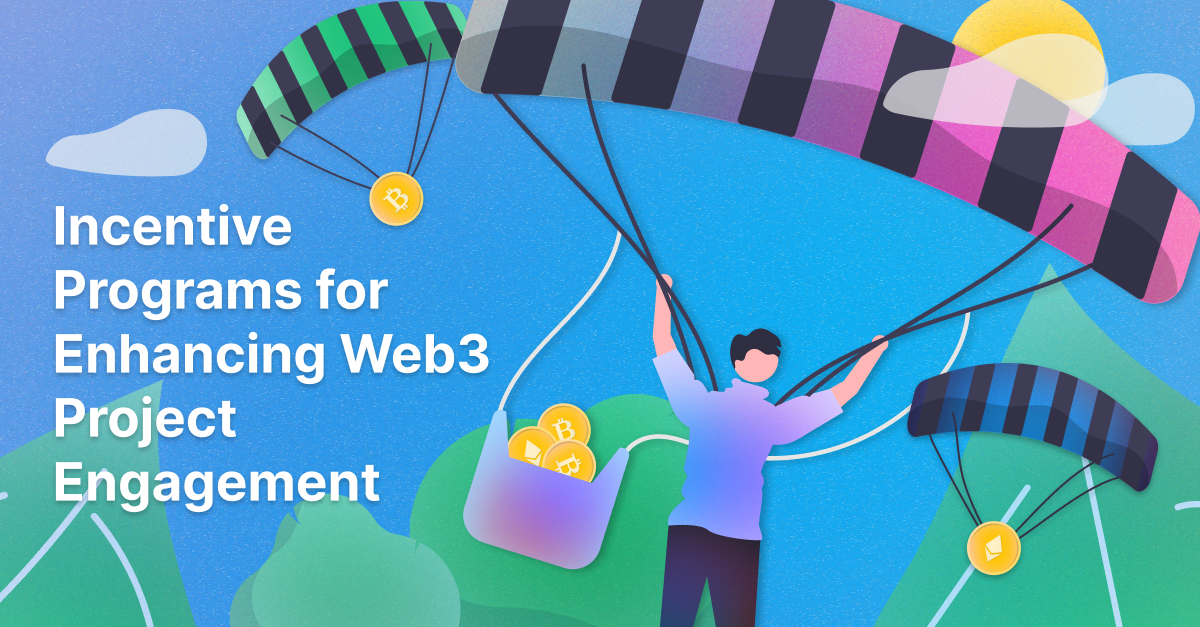Think about how excited you get when you collect points for buying coffee or earn a free pizza after a certain number of orders. Web3 projects can take a similar approach to create a thriving ecosystem and keep people engaged. Crafting a successful incentive program in the Web3 space is no small feat. It's not just about giving out tokens; it's also about keeping everyone interested and involved over time. These incentive programs are extremely important because they help keep the community active and ensure people want to stick around.
So, the big question now is, "Which incentive program is right for my project?"
With so many options out there, finding the right fit can be tricky, but it's crucial for the success of any Web3 project. In this blog, we will go over some of the different types of incentive programs one can adopt for their Web3 project.
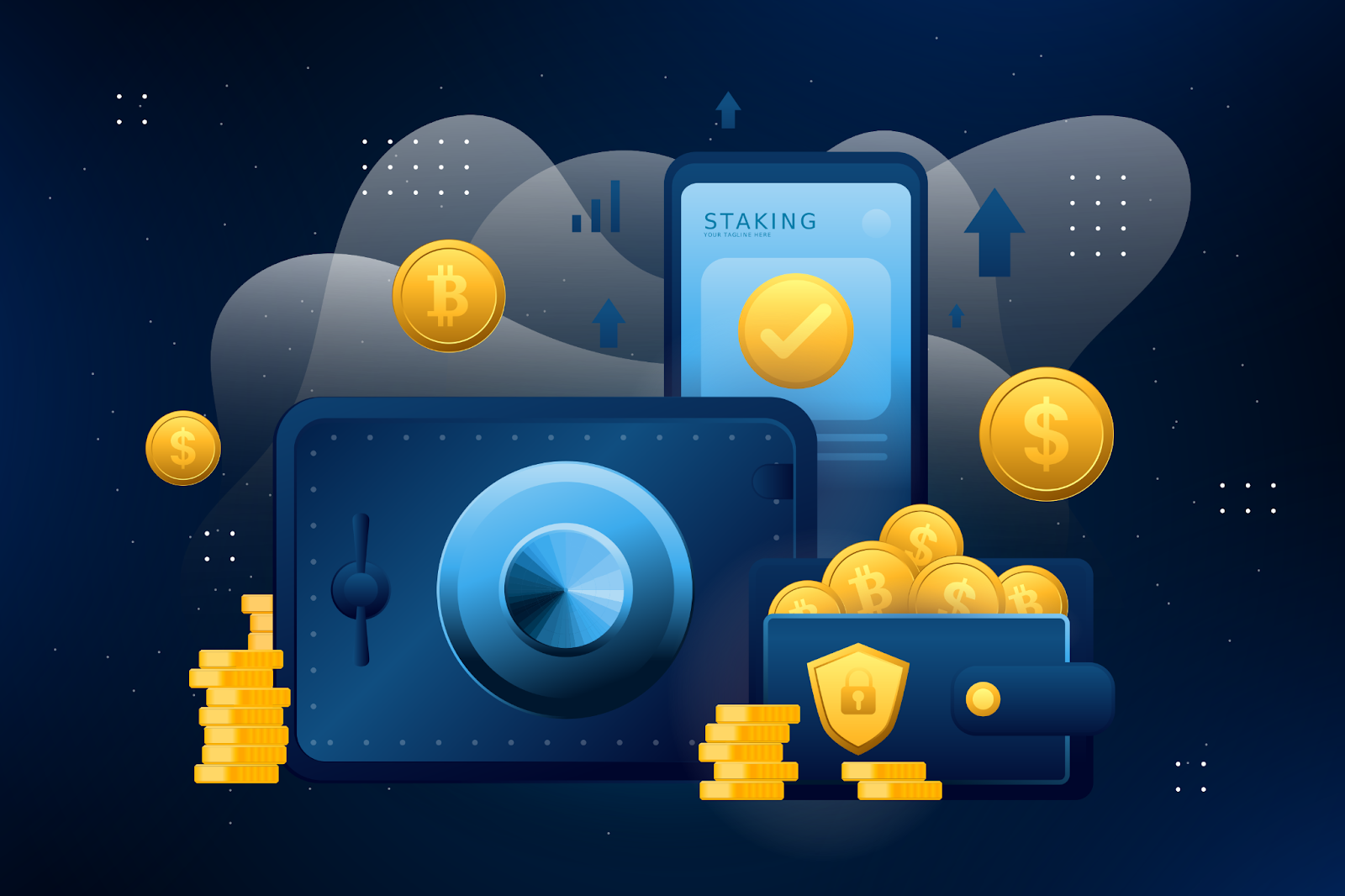
What are incentive programs?
Incentive programs do exactly what the name suggests: they offer rewards or perks to motivate people to take certain actions or behaviors. These programs are designed to encourage participation, loyalty, and engagement by providing something of value in return. Whether it's through earning tokens for participating in a platform, getting discounts for frequent purchases, or gaining access to exclusive content or features, incentive programs aim to create a win-win situation. Participants get rewarded for their contributions or loyalty, while the organizations or projects behind these programs benefit from increased activity, investment, or commitment.
Essentially, incentive programs not only drive the growth and sustainability of the ecosystem but also foster a sense of community around your token project.
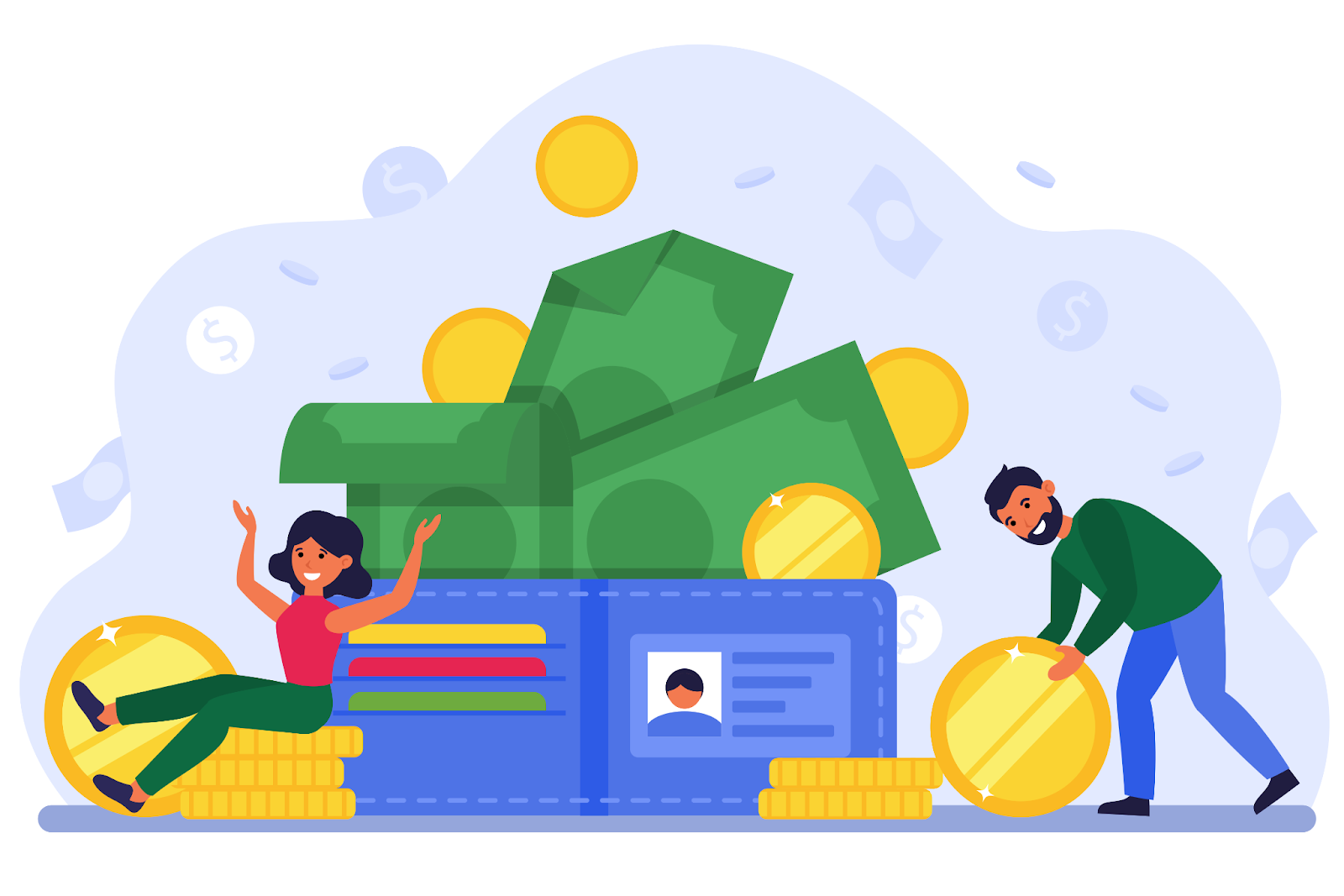
Why Incentive Programs Are Useful
Incentive programs are invaluable tools for several reasons:
- Encouragement of Participation: Incentive programs motivate users to engage with the platform. By offering rewards for participation, users are more likely to use the platform actively, whether it's through trading, staking, or contributing content. This increased engagement helps to create a vibrant community around the project.
- Bootstrapping Growth: Incentive programs for new projects can boost growth by attracting early adopters and contributors. These individuals can turn into project advocates, spreading awareness and drawing in more users through word of mouth and social media.
- Retention: Rewarding continued participation and loyalty aids in maintaining user engagement over time. Incentive programs, including vesting schedules, bonuses for holding on to investments long-term, or rewards for regular participation, motivate users to remain actively involved with the project.
- Price Support: Although not the main focus of many projects, incentive programs can indirectly uphold the token's price. They can increase demand via utility or rewards and decrease velocity as tokens are retained for staking or earning rewards.
Different Types of Incentive Programs
Incentive programs can take various forms, depending on the goals of the ecosystem and the behaviors they aim to encourage. Here are four common types:
Liquidity Mining
Liquidity mining is a pivotal incentive program in the DeFi ecosystem. Users, often referred to as liquidity providers (LPs), deposit their assets into a liquidity pool, which facilitates decentralized trading, lending, or borrowing. In return for their contribution, LPs earn rewards, usually in the form of additional tokens from the platform. This not only incentivizes users to provide liquidity but also aligns their interests with the ecosystem's success. A good example is Uniswap, where users can earn UNI tokens by providing liquidity to various trading pairs.
Staking Rewards
Staking is another incentive program, especially in proof-of-stake (PoS) and DeFi projects. Users lock up tokens as a form of "staking" to participate in network operations, such as transaction validation or governance. In exchange, they receive staking rewards, which are typically a percentage yield of the tokens staked. This system not only secures the network and ensures a decentralized governance structure but also encourages users to hold onto their tokens, reducing market volatility. Cardano (ADA) and Polkadot (DOT) are examples of networks that offer staking rewards to incentivize network participation and security.
Airdrops
Airdrops are a direct distribution of tokens to users' wallets, often used as a marketing strategy to increase awareness and distribute tokens widely. They can target existing users of a platform, holders of a specific token, or participants who perform certain actions, such as signing up for a newsletter or joining a community. Airdrops are effective for bootstrapping new token projects, rewarding loyal users, or even driving the decentralization of token ownership. Snapshot-based airdrops reward existing holders, while task-based airdrops require participants to complete specific actions.
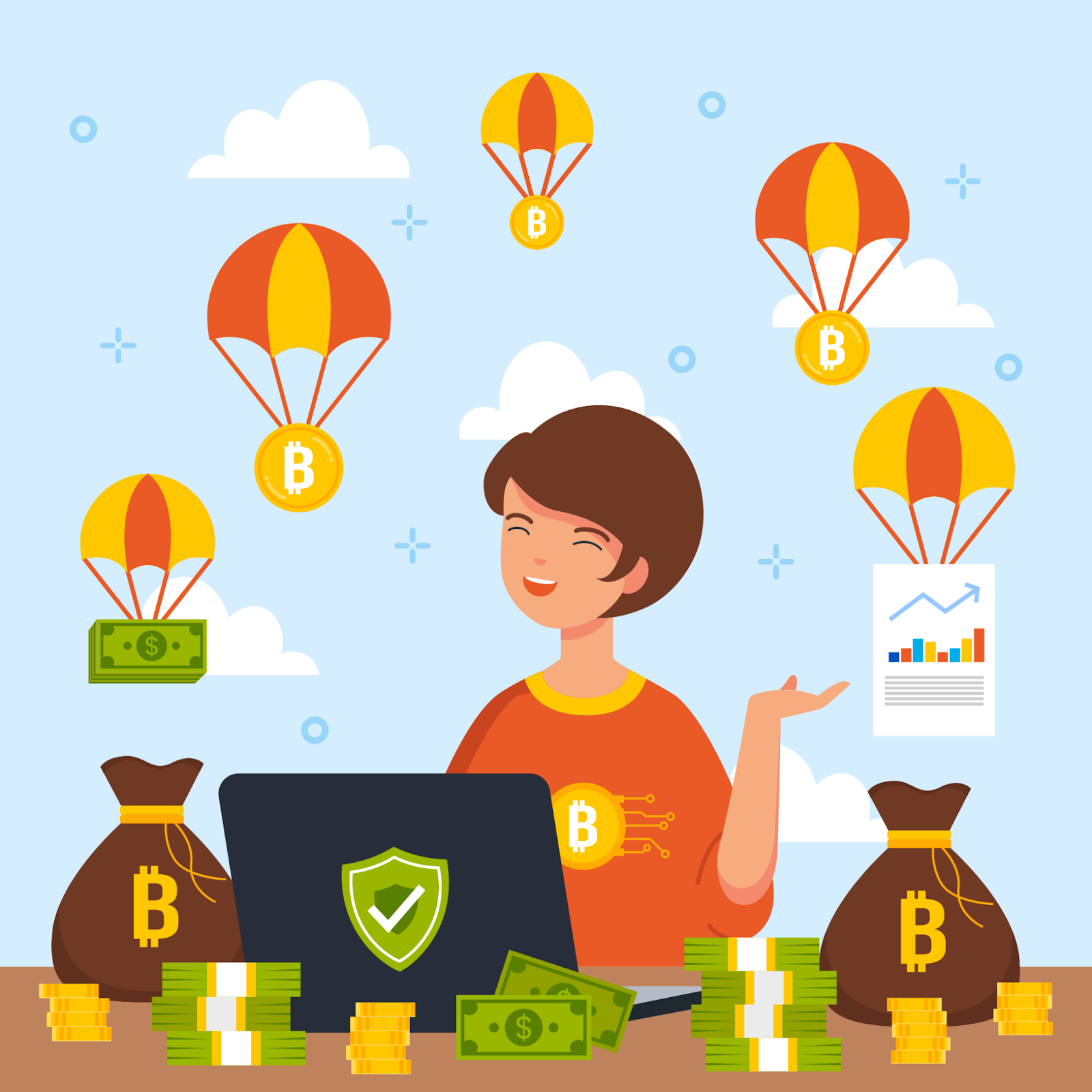
Community Management and Engagement
This type of incentive program focuses on building and maintaining an active and engaged community. Rewards are given for contributions that benefit the community and project, such as content creation, bug reporting, social media promotion, and active participation in forums or chat groups. Platforms like Galxe offer infrastructure to manage these types of incentive programs by tracking contributions and distributing rewards. Another example is Zealy, which focuses on rewarding users for engagement activities within a project's ecosystem, highlighting the importance of community in the growth and sustainability of blockchain projects.
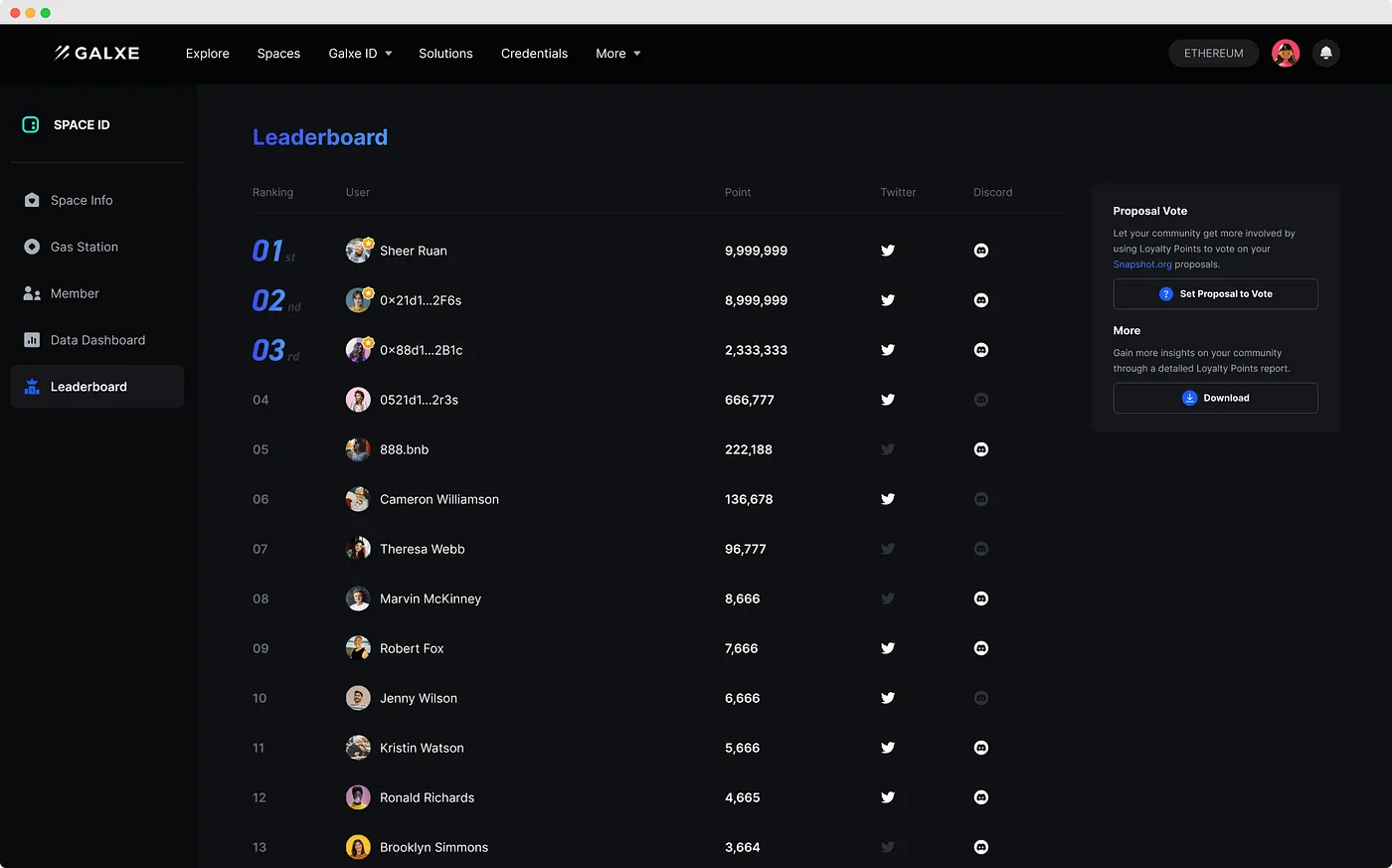
Turning token projects into thriving ecosystems
Through incentive programs, Suprabit helps token projects to transform into flourishing ecosystems. We pride ourselves on tailoring each program to address the distinct needs of every project, guaranteeing not only immediate engagement but also the nurturing of long-term value and sustainability within the ecosystem.
Through a combination of strategies, including liquidity mining, staking rewards, airdrops, and community engagement initiatives, your project can also foster a loyal and active community around its token.
Junior React Native Developer
If you like this article, we're sure you'll love these!
Smart Sensor - Case Study
Read all about how we reinvented the Smart Building Industry using our IOT, design and development expertise.
Decentralized Stable Coins
Explore MakerDAO's impact on DeFi and stablecoins, ensuring DAI's stability and robust governance.
